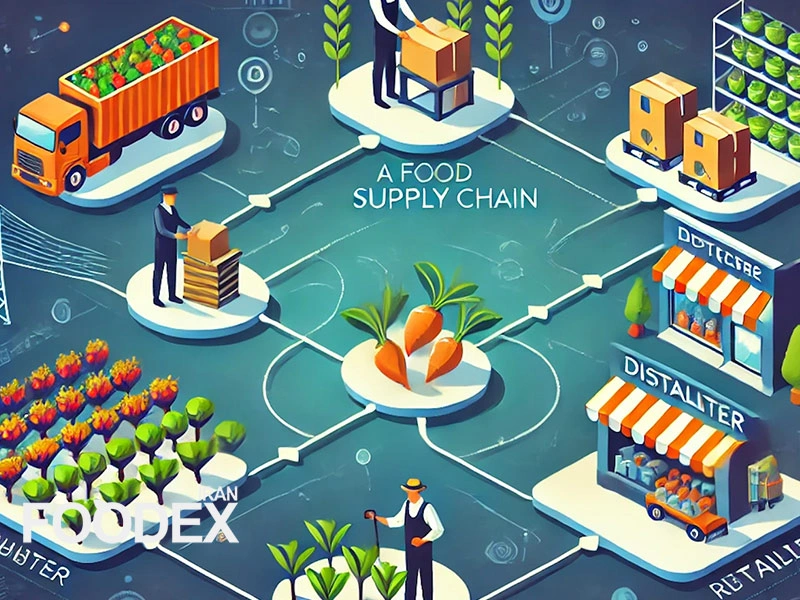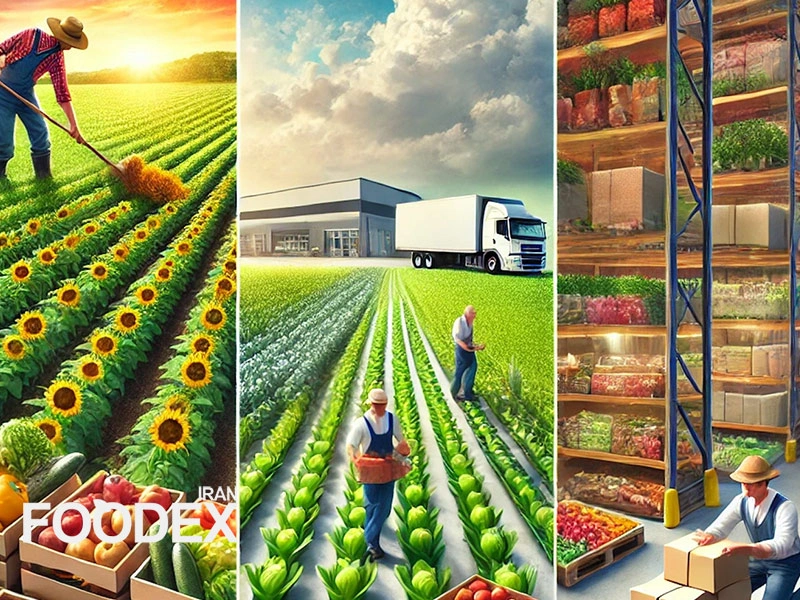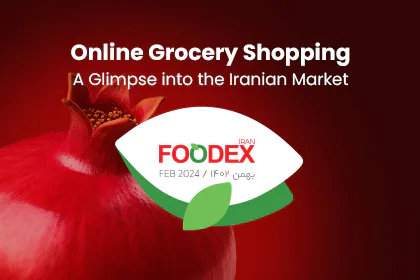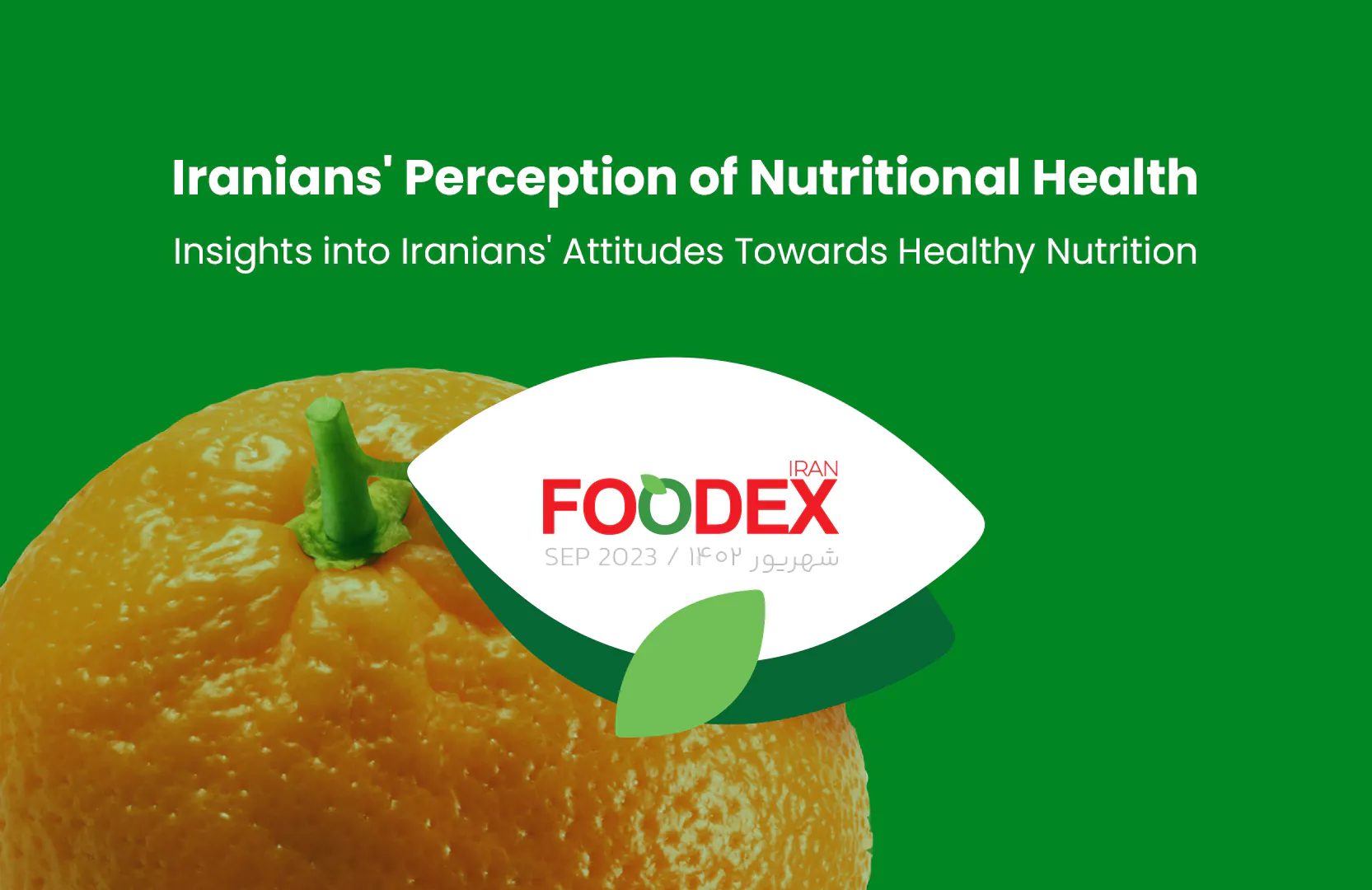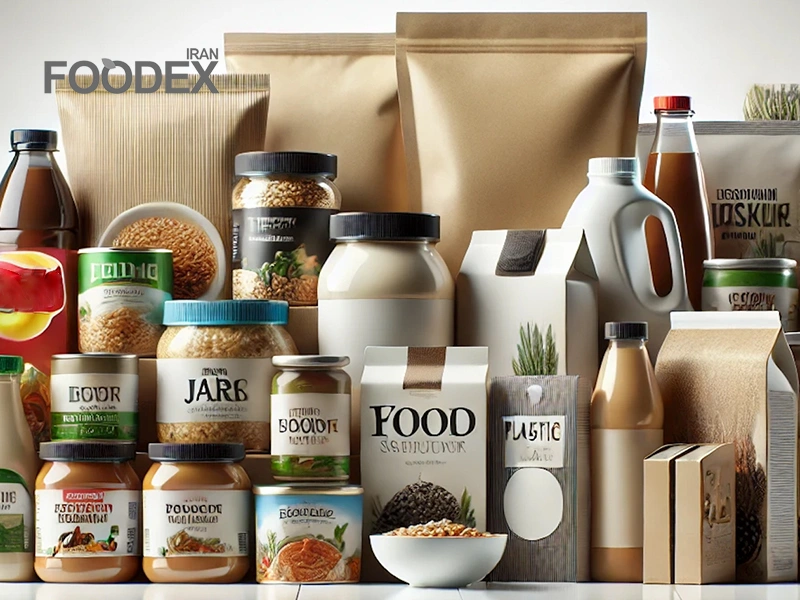The food value chain is one of the most complex economic networks. Various players, from farmers to distributors and retailers, collaborate to meet consumer needs. Coordination among these players is crucial, as a lack of alignment can lead to resource waste, reduced product quality, and dissatisfied customers.
Coordination in the value chain goes beyond merely fulfilling individual responsibilities. It signifies the integrated performance of all chain members to achieve shared goals. This is particularly vital in the food and beverage industries, as consumers demand fresh, healthy, high-quality products.
This article delves into the significance of coordination in the food value chain, efficient methods for enhancing it, and the role of tools like contracts in achieving these objectives. Stay tuned to Foodex, the food industry magazine, for an in-depth topic exploration.
Definition of Coordination
Coordination refers to “organizing people or companies to achieve a common goal.” In this process, every individual or entity has a specific role that must align with others at the right time and under suitable conditions. This interaction is essential for optimizing the overall system’s performance. For example, a farmer must produce high-quality crops, while the supermarket is responsible for ensuring timely delivery of the products.
Why is Coordination in the Food Value Chain Important?
There are several reasons why coordination is critical in this chain:
Complex Consumer Demands: Modern consumers demand fresh, healthy, organic products. Meeting these demands requires sufficient production and meticulous planning at every stage, from processing to sales.
Market Scale: Feeding millions of people requires collaboration among multiple farmers and organizations. While one farmer might supply tomatoes to a village, meeting the needs of a large city is impossible without coordination.
Knowledge and Technology: Advances in supply chain management and tools like product quality tracking and distribution management software have enabled faster and more precise coordination.
Efficiency in Coordination
For coordination to be effective in the value chain, specific principles must be adhered to:
The Pareto Principle: states that changes should only occur if at least one party benefits while no one suffers losses. For instance, tomato distribution must minimize waste as much as possible.
Transaction Costs: Costs such as finding the right buyer, negotiating prices, and monitoring product delivery must be considered. These costs can consume significant time, energy, and financial resources.
Methods of Coordination
Coordination in the food value chain can be achieved through various methods:
Spot Market
In this method, each party operates independently. For example, a farmer sells tomatoes directly in a local market. While simple, this method may be inefficient on a large scale.
Hierarchy
In this structure, a single company manages all stages of production, processing, and sales. Although this offers maximum control, management costs are high.
Hybrid Models
involve contracts that define parties’ roles and responsibilities. For instance, joint marketing partnerships between farmers and distributors can balance control and flexibility.
Contracts as a Coordination Tool
Coordination among parties is critical in the food value chain, as every stage, from production to distribution, requires precise and regular cooperation. Contracts are an effective tool for establishing this coordination. Contracts ensure optimal performance and mitigate risks by defining each party’s obligations and rights. The following explores the role of contracts in this chain and associated challenges.
Definition of Contracts
A contract is a voluntary legal agreement between parties that ensures each fulfills their obligations. In case of a breach, legal recourse is available.
Motivational Issues in Contracts
One of the primary challenges is motivation:
For Farmers: A farmer may not strive to produce high-quality tomatoes, opting for cheaper fertilizers that reduce product quality.
For Supermarkets: Delayed payments can impose financial pressure on farmers, reducing motivation.
Designing Effective Contracts
To address these issues, contracts must be designed to:
Ensure Logical Consistency: Farmers must find the collaboration beneficial. For instance, the agreed price should cover production costs and leave a reasonable profit margin.
Provide Motivational Alignment: Contracts should encourage farmers to perform their best. Offering bonuses for higher-quality products, for example, can increase motivation.
The Principal-Agent Model
Principal: The supermarket seeks high-quality tomatoes that attract consumers to pay premium prices.
Agent: The farmer producing tomatoes needs assurance of profitability to continue their operations in the future.
Practical Examples of Contracts
Contracts are vital for regulating interactions between farmers, distributors, and buyers in the food value chain. The type of contract chosen depends on the conditions and needs of the parties and directly impacts the product’s quality and quantity.
Below are standard contracts used in the tomato value chain, demonstrating how well-designed agreements can enhance coordination and efficiency.
Types of Contracts in the Tomato Value Chain
Fixed-wage contracts: Under this model, the farmer receives a fixed payment. While this may not provide sufficient motivation for high-quality production, it requires close monitoring of the farmer’s performance.
Sharecropping Contracts: The farmer receives a percentage of the revenue from product sales. This method incentivizes high-quality production but necessitates accurate monitoring of production levels.
Land Rental Contracts: The farmer pays a fixed amount to the landowner, and all revenue from sales belongs to the farmer. While this maximizes motivation, it also involves greater risk for the farmer.
Comparing Contract Models
Each model has its advantages and disadvantages:
Fixed Wage: Guarantees quality but requires complete oversight.
Revenue Sharing: Requires less oversight and suits scenarios where the landowner lacks detailed knowledge of production processes.
Land Rental: Requires minimal supervision but transfers all production risks to the farmer.
Conclusion: Optimizing Contracts
Selecting the best contract in the food value chain depends on the conditions and needs of the parties involved. For instance:
Experienced Farmers: Rental contracts may be ideal.
Farmers Needing Initial Capital: Revenue-sharing contracts can be more suitable.
The best contracts strike a balance between information, risk, and motivation. Contracts sho
Final Thoughts
Coordination in the food value chain is a critical yet intricate concept that plays a pivotal role in enhancing efficiency, reducing resource waste, and ensuring consumer satisfaction. While this article provides a general overview of the topic, implementing these ideas requires a deeper understanding of each component within the chain. Achieving optimal results demands specialized analysis and detailed planning to address challenges and unlock opportunities at every stage. For further insights, explore how advancements like Agriculture 4.0 can transform coordination across the value chain.
Frequently Asked Questions
What is the food value chain?
The food value chain refers to a series of activities involved in producing, processing, distributing, and delivering food products to consumers. Each stage adds value to the final product, ensuring quality and meeting consumer demands.
Why is coordination in the food value chain important?
Coordination ensures smooth collaboration among all stakeholders, from farmers to retailers, minimizing waste, improving product quality, and enhancing customer satisfaction. Without proper alignment, inefficiencies can disrupt the entire chain.
What are the methods to improve coordination in the food value chain?
Effective coordination can be achieved through transparent contracts, advanced supply chain management tools, and fostering communication between farmers, distributors, and retailers. These strategies enhance efficiency and reduce operational challenges.
Ehsan Allahverdi
Executive Manager of Foodex Iran
Marketing Consultant for Leading Food & Beverage Brands
website | linkedin


